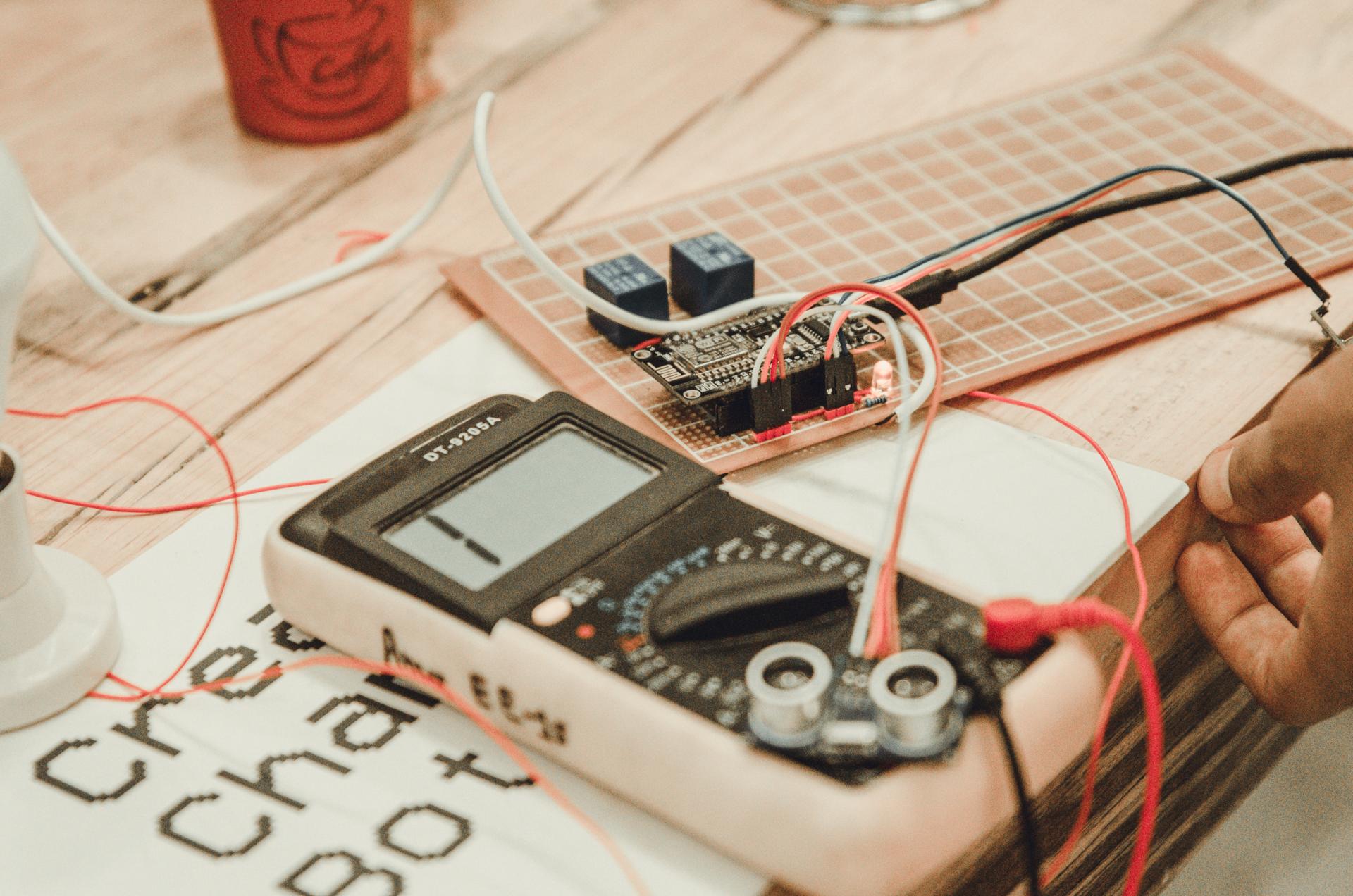DIY Electric Safety Testing: A Guide for Homeowners

In the realm of security in your home, one of the most crucial aspects to be considered is the safety of electrical wiring. Electrical safety testing is the procedure of testing the electrical system in your home to ensure that it is safe and in compliance with the latest standards. In this article we’ll provide the basics of what electrical safety tests are, the tools you’ll need in order to carry them out, how to perform the tests, and the warning signs to be aware of.
What is what is an Electrical Safety Test?
A safety test for electrical appliances is the process of inspecting the electrical system inside your home to verify that it is safe and working correctly. Electrical safety tests are important as they can in preventing electrical fires and electrical accidents, and ensure the longevity the electrical systems you have.
Tools Required for an Electrical Safety Test
For conducting an electrical safety check, you’ll need a few essential equipment. These include the voltage tester as well as a continuity tester, circuit tester, and the outlet tester. A voltage tester can test for live circuits while the continuity tester looks for broken circuits. Circuit testers are used to look for wiring issues as well as outlets testers are used to detect wiring issues at the outlets. It’s important to use the tools correctly in order to obtain accurate results.
How do you conduct an electrical Safety Test
To perform an electric safety check inside your home, follow these steps:
Switch off the power source to the circuit you’re testing.
Use the voltage tester to check for live circuits.
Use this continuity tester to check for damaged circuits.
Make use of the circuit tester to check for any wiring issues.
Make use of the outlet tester to look for electrical problems in the outlets.
When testing Be sure to check for any signs of damage or wear on the wiring, such as frayed or broken wires, burn marks, or loose connections. If you spot any problems, it’s important to address them as quickly as you can to prevent potential hazards.
The Signs of Electrical Issues to be Watchful For
There are several indicators that may indicate electrical issues in your home. They include flickering light bulbs, frequent circuit breaker tripping noises that crackle or buzz emanating from outlets, hot or discolored outlets as well as a burning smell. If you observe any of these indicators, you must act immediately to prevent potential electrical hazards.
Conclusion
Tests for electrical safety are vital for ensuring your safety and family. By performing regular tests and taking care to address any issues immediately, you can avoid potential dangers to your electrical system and prolong the life of your electrical system. If you need assistance in electrical repairs or testing Don’t hesitate to reach out to Local Electrician Croydon. Our team of experts can offer you expert advice and assistance. Contact us via 1300 933 820 to schedule an appointment or request a quotation.
FAQ Section
How often should I conduct an electrical safety test in my home?
We suggest conducting tests of electrical safety at least once a year.
Do I have the ability to conduct an electric safety check on my own , or do I need a professional?
While you can perform tests for electrical safety on your own however, it’s advised to employ an expert to guarantee accurate results and avoid potential hazards.
What are the most common electrical problems that can be found in an electrical safety check?
The most common electrical problems found during a safety test comprise faulty wiring, overloaded circuits and obsolete electrical systems.
What do I do if find an issue in the electrical safety test?
If you spot a problem in the electrical safety test, it’s important to take action immediately. This may include getting an expert electrician to fix the problem, or replacing faulty equipment.
